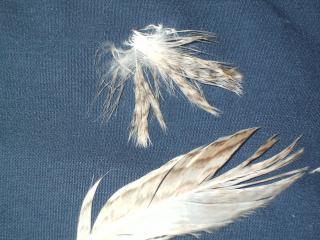- May 19, 2009
- 2,063
- 62
- 173
Quote:
I got this hen, not too prone to laying eggs, that seems to be closer to porcelain than isabel. Nobody can name the pattern on her primaries, but it would be fun to work with for the OP's project.

I got this hen, not too prone to laying eggs, that seems to be closer to porcelain than isabel. Nobody can name the pattern on her primaries, but it would be fun to work with for the OP's project.






